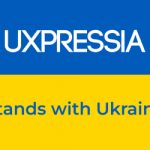Ooh-la-la! We’ve been talking so much about personas that it seems to be about time to throw in some persona alternatives to shake things up a little. You know, take a breath of fresh air and think that maybe we’re being too obsessed with this persona nonsense, and we’re missing something — some other cool ways of creating target audience segments' profiles. So let’s deal with this right here and right now.
When it comes to getting to know people’s goals, expectations, feelings, etc., a few things pop up right away. Apart from personas, of course. There’s a pretty old artifact called User Requirements Specification, then a User Story, an empathy map, and an archetype. Each has something interesting to offer and deserves its own blog post. But for now, we’ll only see if they can be alternatives to personas or not.
Contents
URS (User Requirements Specifications)
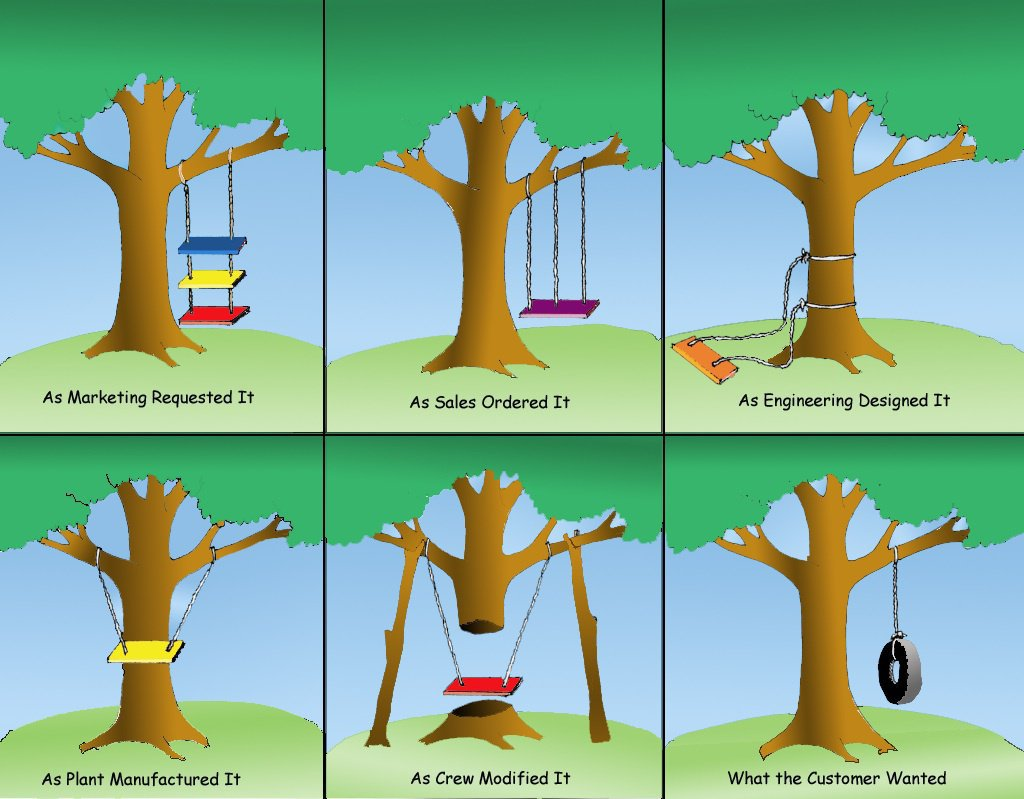
URS is a document that specifies what the user expects the software to do. As it gives us a glimpse at the user’s expectations, we think it’s fair to put this one on our list.
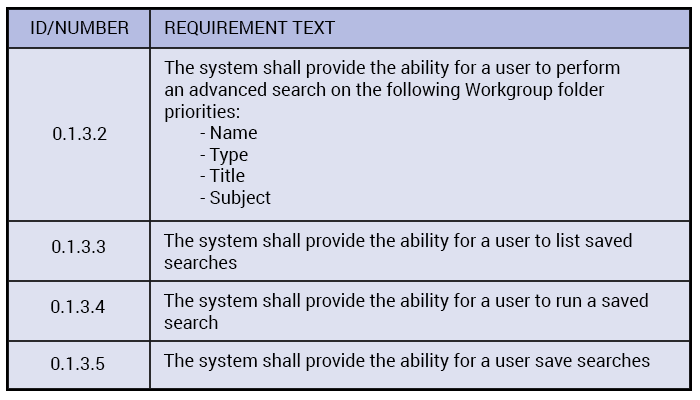
This doc shows user expectations, and that’s good. But it is too formal and does not give a wide-angle perspective on the end user. In fact, URS is not user-centered at all. This document is designed for developers more than for UX or CX teams. All it does is it describes only requirements for the software; there’s not much about user experience.
So can we call it one of the persona alternatives? Hardly. As long as you’re not interested in who your users are, what they feel, think, and struggle with. Cross it out.
User Stories
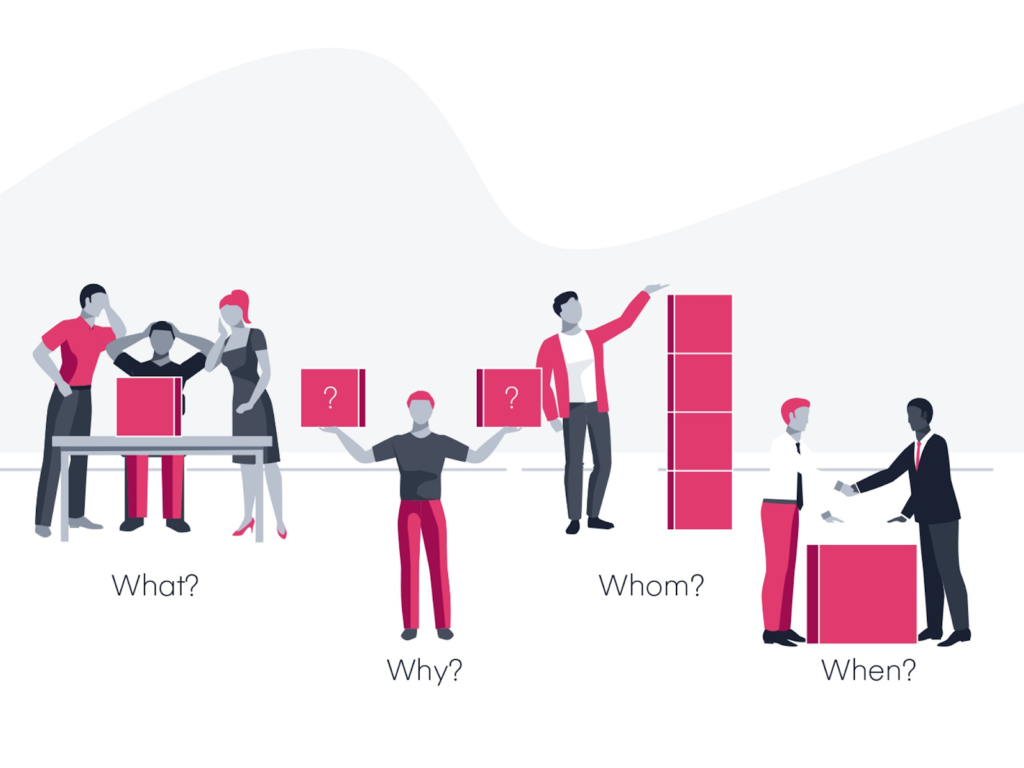
If we were to play Hot and Cold, and I thought of a tool that could give us a perfect picture of your customers, I’d say “Getting warmer!” at this point.
User Story is a popular alternative to our previous also-ran. Like URS, User Stories capture a description of software features from users’ perspectives. Stories are all about the software description and requirements. But, unlike URS, User Stories pivot the perspective toward the users. They finally shed some more light on users’ backgrounds and goals.
All User Stories have the same (give or take) structure following this formula:
"As <who> <when> <where>, I <what> because <why>."
Here’s an example of a User Story:

Well, that’s great, you may say. We have the most essential ingredients — role, desire, context, and goal. I wish it were so easy.
Roles are extremely ambiguous. Who’re these “users”? Why do they want something? Roles are masks and they do not show the person behind them. Roles hide the real decision-makers and give them a general tag — “user”. Or “employee”. That doesn’t cut it at all.
User stories don’t give us background, as personas do. They are short and open to interpretation. As a result, we end up with more questions than answers. And while User Stories take a step towards the user, they still suck when it comes to getting to know your customers.
Empathy maps
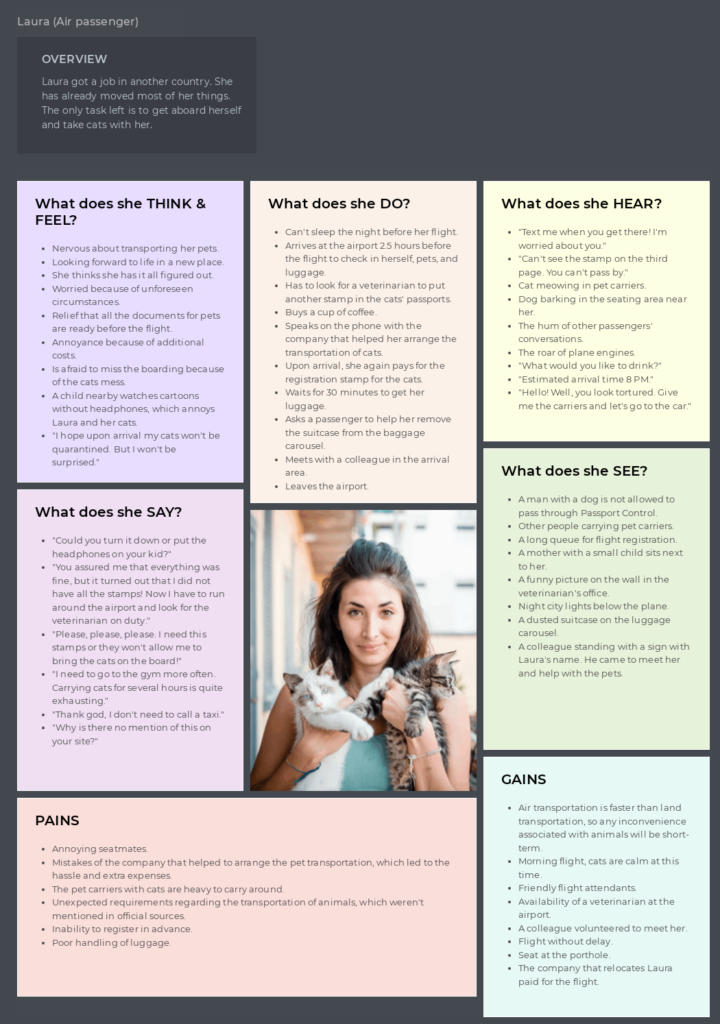
Full-size version.
It doesn’t take a rocket scientist to figure out what an empathy map is. Just look at the picture above. It’s pretty self-explanatory. You have a user (or persona!) in the middle and sections that describe the specter of what the user thinks, feels, says, and so on.
Empathy maps are way closer to what we want from a tool for customer analysis. They are really like microscopes that let us see everything about customers’ behaviors. But nothing about their background, skills, previous experience, context, the list goes on and on.
And without knowing these, we cannot grasp who our customers are, what they want, and why they want it. The picture is complete only when all the puzzles are put together.
Archetypes
An archetype is another technique that comes to people's minds today when they think about the best persona alternatives. And there is a reason for that: similar kinds of data lay the foundation for personas and archetypes.
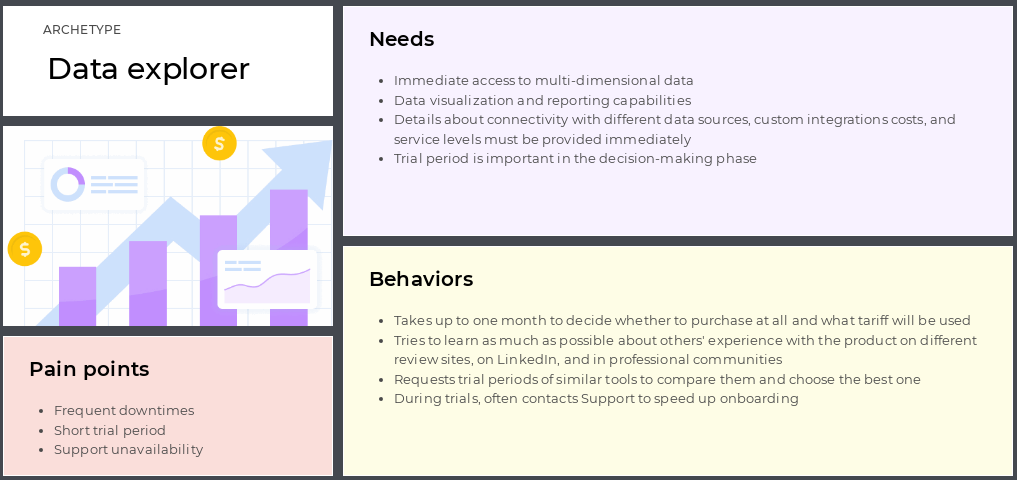
"But what's the difference?" you may ask. The difference lies in the way a document presents the data. Archetypes offer a higher level of abstraction compared to personas. They don't give your audience segment a human face and omit personal characteristics like a name and photo. Such documents put a label on the segment to emphasize something critical about its attitude or behavior. But they feel artificial.
On the other hand, a detailed persona can include the same insights, but they will be supplemented with many others. As a result, it will drive much more empathy among people in the company. And it is easier to remember.
User needs, behaviors, pains, motivations, etc., inside persona documents feel real. Besides details valuable for your business, they give the information you typically want to know about people around or the ones you meet for the first time. So there's no surprise that you are more willing to take a deeper dive into your personas' heads than into the archetypes' heads.
Read also: JTBD approach vs. personas
Persona. Again?
That’s where the circle closes up and we find ourselves right where we started. On the shores of Personaland. Again? Yes, it seems that there are no best alternatives to personas when the goal is to get a comprehensive and, at the same time, deep knowledge of your customers.

Full-size version.
User personas take all the best there is in the artifacts listed above and push it all further a step or two. It’s the ultimate technique that will come in handy for any team. But, in the end, it’s your choice whether to create personas or opt for top persona alternatives.
If you decide to bring personas into your organization (or if you have already done so), you can watch a short yet very useful video guide to persona creation:
Wrapping up
So, we have looked at different tools for understanding user profiles.
- The User Requirements Specification (URS) gives insights into user expectations but lacks a user-centered approach and focuses on the overall user experience.
- User Stories provide a closer view of users' backgrounds and goals but can be ambiguous and leave important questions unanswered.
- Empathy maps come close to comprehensive customer analysis but still miss important details like background and skills.
- Archetypes are abstract and may not feel real and be difficult to remember.
- User personas combine the best aspects of these alternatives and go further in understanding customers.
It's up to each organization to decide whether to use personas or explore alternative methods. But if you choose personas, try UXPressia's online Personas maker tool.

